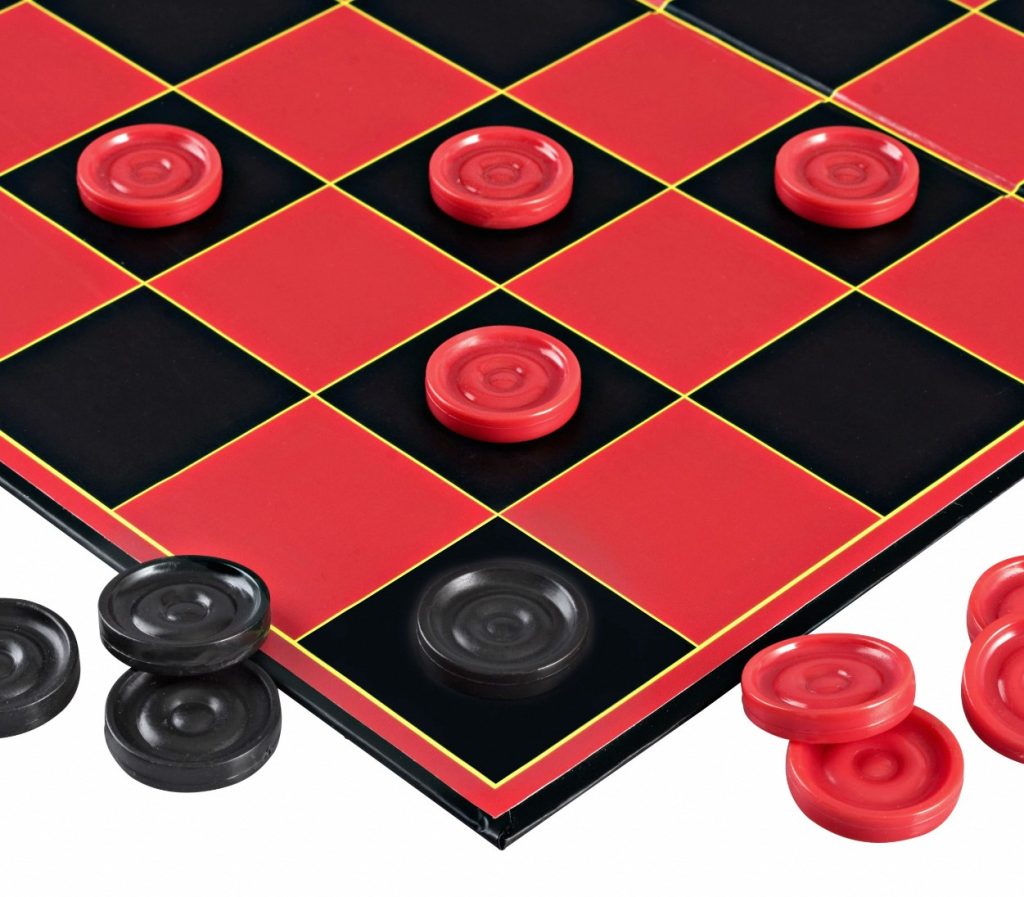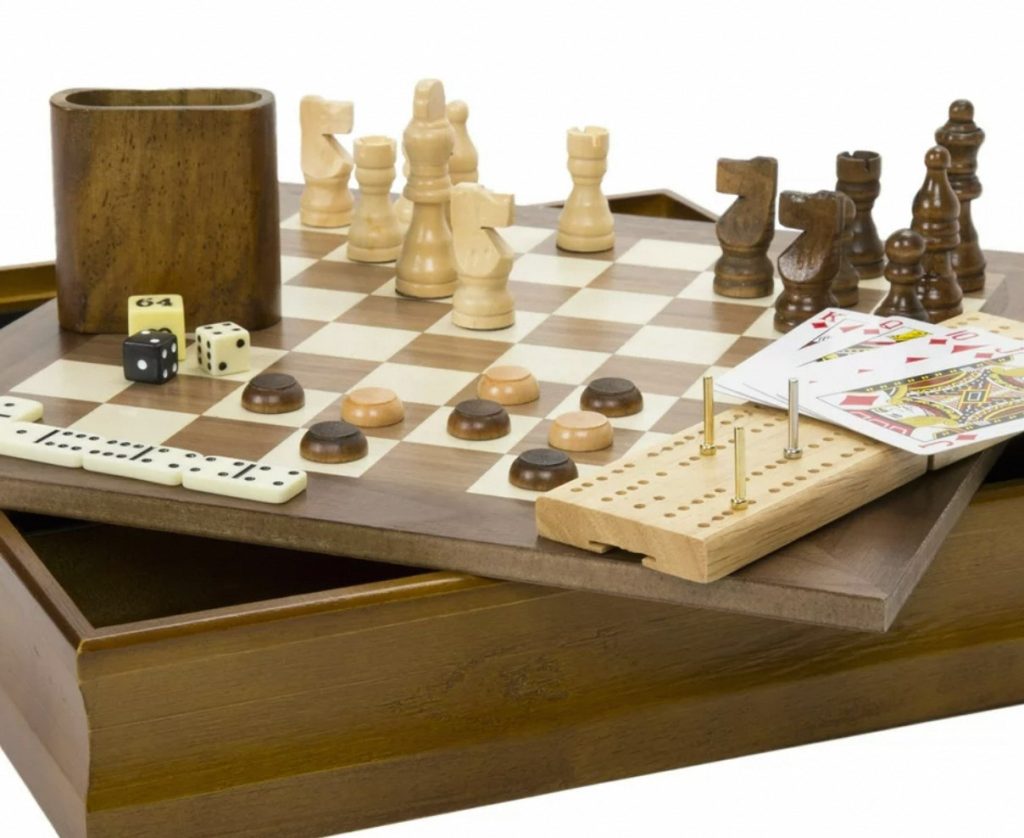Dead Cells, the action-packed roguelike Metroidvania, has captivated gamers with its punishing difficulty, permanent death, and the ever-satisfying loop of exploration and combat. But what if you could bring the thrill of the Prisoner’s journey to your tabletop? A Dead Cells board game could translate the video game’s core tenets into a thrilling and strategic cooperative experience. Here’s a look at how it could capture the essence of Dead Cells in two key aspects:
Part 1: Cooperative Dungeon Delving

The board game adaptation of Dead Cells could depart from a single-player format to offer a cooperative experience ideal for 1-4 players. In this collaborative setup, players would unite to explore the island, vanquish formidable enemies, and overcome challenging bosses as a team. Each player would have the opportunity to select a unique character, such as the Beheaded with varying equipment or entirely new heroes. Each character would be endowed with distinct abilities, thereby fostering strategic teamwork. By uniting their strengths and leveraging their character’s individual abilities, players would be able to tackle obstacles and progress through the perilous dungeons. Fluid collaboration and tactical coordination would be pivotal to overcoming the game’s challenges. This cooperative approach not only encourages players to work together but also amplifies the immersive experience.
Meaningful Itemization and Inventory Management:
Dead Cells offers a vast array of weapons, skills, and mutations that significantly impact gameplay. The board game could translate this by implementing a shared loot pool. Players would encounter item drops throughout their exploration, but would need to decide who benefits most from each item based on their character’s strengths and weaknesses. This would encourage collaborative decision-making and shared inventory management, adding another layer of strategy to the game.

Part 2: Capturing the Roguelite Challenge
Procedurally Generated Levels and Permadeath:
A significant element of Dead Cells’ appeal lies in its “roguelite” nature. Each playthrough showcases procedurally generated levels, maintaining a fresh and challenging experience. To replicate this in the board game adaptation, a modular board system could be employed. Each distinct biome, such as the Prison or the Promenade, would be represented by separate tiles. These could be shuffled and assembled prior to the start of each game. By resetting all temporary upgrades upon a player’s death and compelling them to restart from the beginning, the game would effectively create a palpable sense of tension, perpetually pushing players to strive for improvement. This approach would mirror the high-stakes, challenging nature of the video game, ensuring that each session offers a unique and dynamic experience. Unpredictable level layouts and constant advancements demand adaptability and strategic decision-making from the players. This consistently captures the essence of Dead Cells’ “roguelite” allure.
Persistent Progression with Unlocks:
In Dead Cells, progress resets upon death, but permanent upgrades can be unlocked. This unique aspect could be translated into the board game by using persistent character upgrades. These upgrades could enhance stats, unlock new abilities, or provide passive benefits. Players could gradually build stronger characters by accumulating and applying these upgrades. This would create a satisfying long-term goal and incentivize repeated playthroughs. It would also add an element of long-term strategy and planning, enhancing the depth and replayability of the board game.

Part 3: Strategic Combat Encounters
Dynamic Enemy Encounters and Boss Fights:
To authentically capture the fast, responsive action and diverse enemies in Dead Cells in a board game adaptation, we could introduce a variety of enemy types, each possessing unique attack patterns and behaviors. Players would resolve these encounters using dice rolls or card draws, modified by their stats and equipped weapons, mirroring the impact of player choices on combat effectiveness.
In addition, boss fights could be particularly formidable, multi-stage encounters, requiring players to adapt their strategies and collaborate effectively to overcome these powerful foes. By incorporating these elements into the board game, the adaptation would remain faithful to the exhilarating combat dynamics of the original video game. It would offer players the opportunity to experience the same quick, responsive action, and strategic decision-making, ensuring that the essence of Dead Cells’ combat is preserved in the board game adaptation.

Risk vs Reward Exploration and Resource Management:
Dead Cells encourages exploration by rewarding players with powerful items and shortcuts hidden within its labyrinthine levels. The board game could translate this by implementing a hidden movement system. Players could have a limited number of movement points to explore each tile, with some spaces revealing valuable loot or shortcuts. However, venturing too far could expose them to stronger enemies or environmental hazards, creating a risk-reward dynamic that pushes players to carefully manage resources and prioritize exploration versus immediate progress.
Part 4: High Replayability and Evolving Challenges
Multiple Difficulty Levels and Strategic Depth:
Dead Cells is renowned for providing a challenging and rewarding experience. It caters to players of varying skill levels. The board game adaptation could effectively capture this essence by incorporating multiple difficulty levels. By offering adjustable enemy types, boss mechanics, and environmental hazards, the game could cater to a wide range of player abilities and preferences. Furthermore, the board game‘s core mechanics should provide strategic depth. This would allow players to experiment with diverse character builds, item combinations, and movement strategies. This would help them to overcome challenges and foster high replayability. This approach would not only mirror the strategic elements of the video game. It would also draw players back for repeated playthroughs as they explore different tactics and encounter fresh challenges. Overall, the adaptation would successfully capture the spirit of Dead Cells. It would provide an engaging and adaptable gaming experience that rewards skill and creativity.

Unlockable Content and Expansions:
Just like the video game, the board game should offer a steady stream of unlockable content. These could be new weapons, mutations, enemy types, or even whole new biomes introduced through expansions. This would keep players engaged over time and provide a reason to return for repeated playthroughs.
By capturing these key elements, a Dead Cells board game could offer a thrilling and strategic cooperative experience. Players would work together to explore a deadly world. They would face challenging enemies and overcome obstacles through strategic teamwork and clever resource management. With its modular design, persistent character progression, and ever-evolving challenges, this board game could become a rewarding and engaging addition to any game night. It would offer a fresh take on the Dead Cells experience for tabletop enthusiasts.


